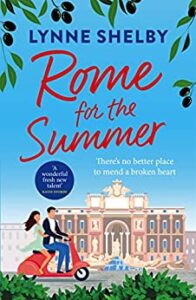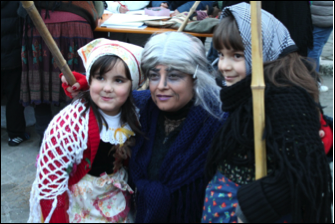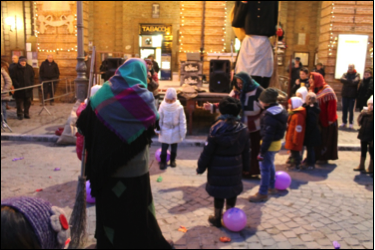 Kate Harper, the heroine of my new book, Rome For the Summer, has always loved the painting that has hung in her parents’ dining room for years, never suspecting that it is worth a fortune – until her art dealer boyfriend cheats her family out of the proceeds of the painting’s sale, leaving her devastated.
Kate Harper, the heroine of my new book, Rome For the Summer, has always loved the painting that has hung in her parents’ dining room for years, never suspecting that it is worth a fortune – until her art dealer boyfriend cheats her family out of the proceeds of the painting’s sale, leaving her devastated.
Kate discovers that, two hundred years ago, the girl in the painting, Charlotte Browne, ran off to Rome with the artist who painted her portrait. He abandoned her, but her eventual fate is unknown. Hoping to uncover the mystery of what happened to Charlotte, Kate seizes the chance of a summer job in Rome, where she strikes up a friendship with artist Jamie Taylor . . .
One of my favourite scenes in the book, takes place on Kate’s first day in the city, when Jamie takes her to see the Trevi Fountain, leading her through ‘a maze of streets’ narrow enough for her ‘to wonder how the cars parked along their length could possibly have driven down them.’ Passing apartments with flowers tumbling from their tiny balconies, restaurants with tables outside on the pavement, fruit stalls, ‘and street vendors selling anything from red roses to dubious leather handbags,’ they round a corner into bright sunlight and Kate hears the sound of rushing water . . .
‘Oh – there it is!’ I exclaimed. There in front of me was the famous Trevi Fountain, its white marble statues glowing in the late afternoon sun, water splashing down into a turquoise pool, the steps surrounding it packed with tourists, most of them holding up camera phones. It was a scene familiar to me from every movie set in Rome that I’d ever watched, and yet it took my breath away.
 Writing this scene through the eyes of a character who has never visited Rome before bought back memories of my first visit to the city – my reaction on seeing sites like the Trevi Fountain, the Colosseum or the view from the Palatine Hill for the first time, was very similar to Kate’s!
Writing this scene through the eyes of a character who has never visited Rome before bought back memories of my first visit to the city – my reaction on seeing sites like the Trevi Fountain, the Colosseum or the view from the Palatine Hill for the first time, was very similar to Kate’s!
The scene is also the first time Jamie, who spotted Kate sketching on the Spanish Steps earlier in the day, offers to help her improve her painting and drawing technique.
I looked again at the fountain with its statues of a man and two galloping horses set against a backdrop of a palace façade, and knew that I didn’t have the skill to capture it on paper.
‘I could never draw something like that,’ I said.
Jamie raised his eyebrows. ‘You don’t know that.’
‘Believe me, I do,’ I said. ‘I’m no good at drawing people or horses, even if they’re made of marble.’
‘I could help you draw them,’ he said, ‘if you’d like me too.’ He smiled encouragingly, and somehow, even although I felt sure he would be wasting his time, I found myself nodding my head.
 Kate’s drawing of the fountain turns out a lot better than she expected, Jamie’s encouragement helping her find the confidence that she lacks to believe that she can actually draw, foreshadowing the way her summer in Rome will lead to her finding the confidence to pursue her dreams and ambitions in other areas of her life as well.
Kate’s drawing of the fountain turns out a lot better than she expected, Jamie’s encouragement helping her find the confidence that she lacks to believe that she can actually draw, foreshadowing the way her summer in Rome will lead to her finding the confidence to pursue her dreams and ambitions in other areas of her life as well.
I very much enjoyed writing this scene and giving my heroine a great first day in the Eternal City. As Jamie says to her, at the end of the chapter, as they share a bottle of wine and a pizza at a pavement café: ‘Benvenuti a Roma, Kate.’
www.lynneshelby.com

















